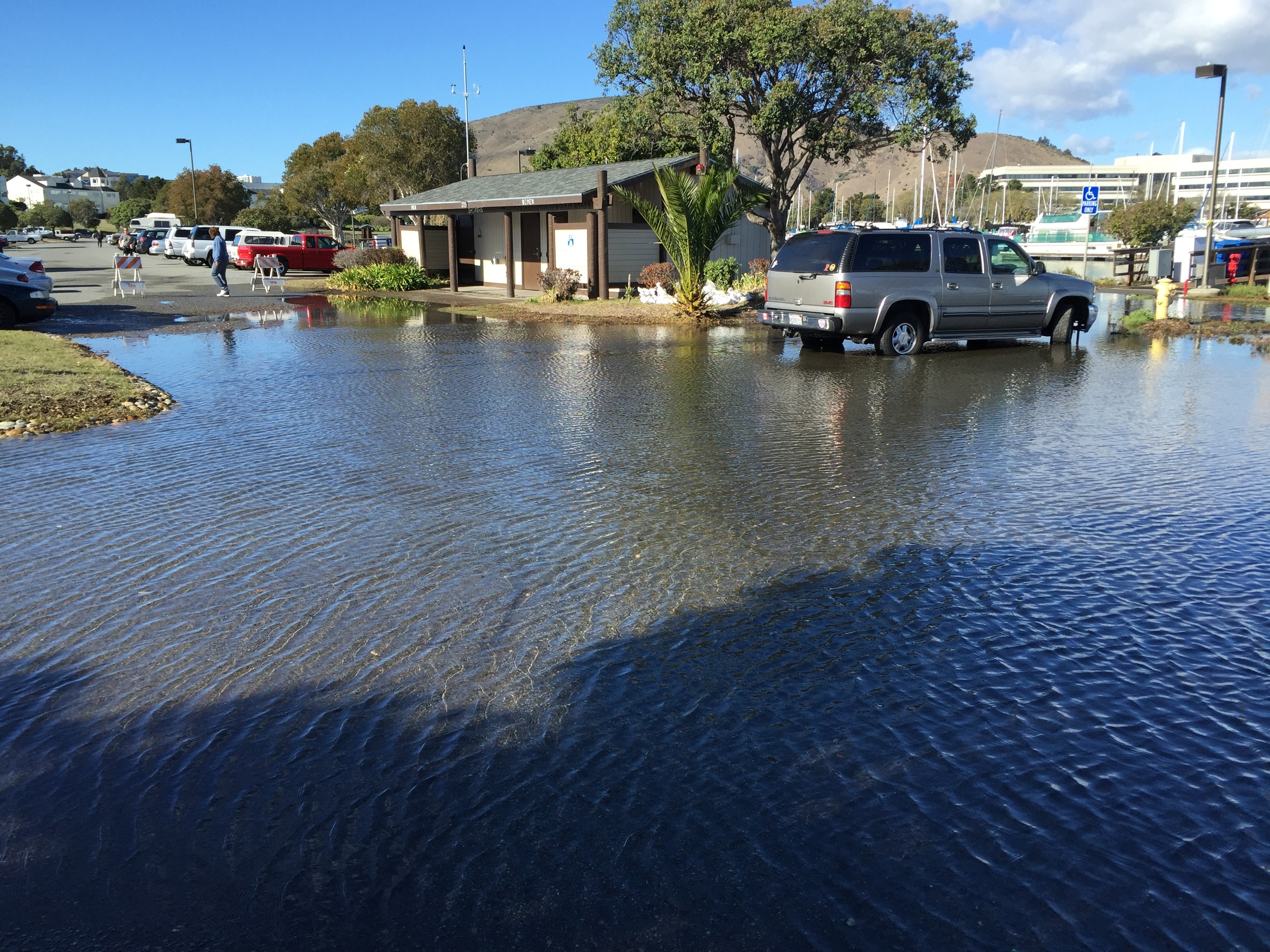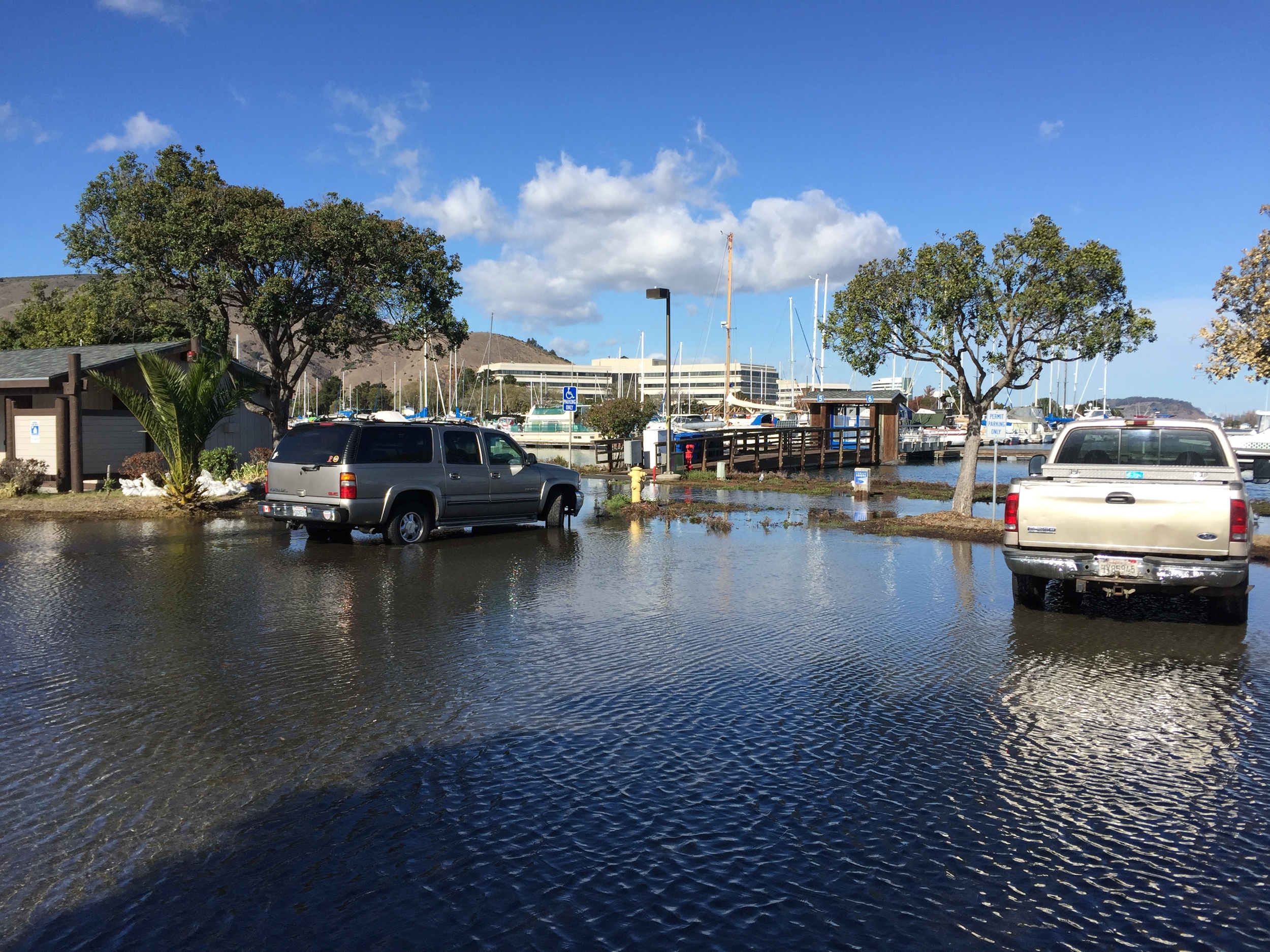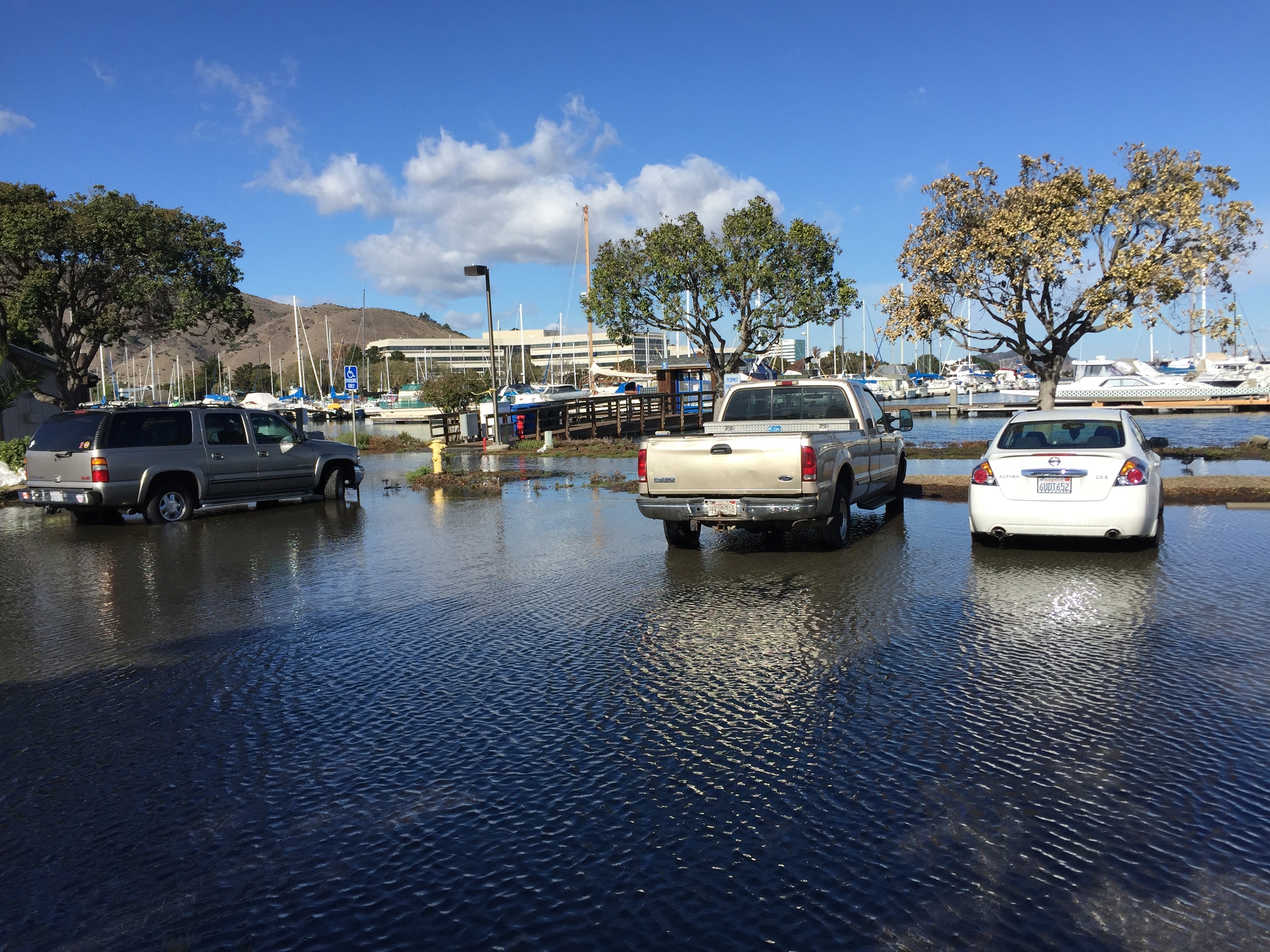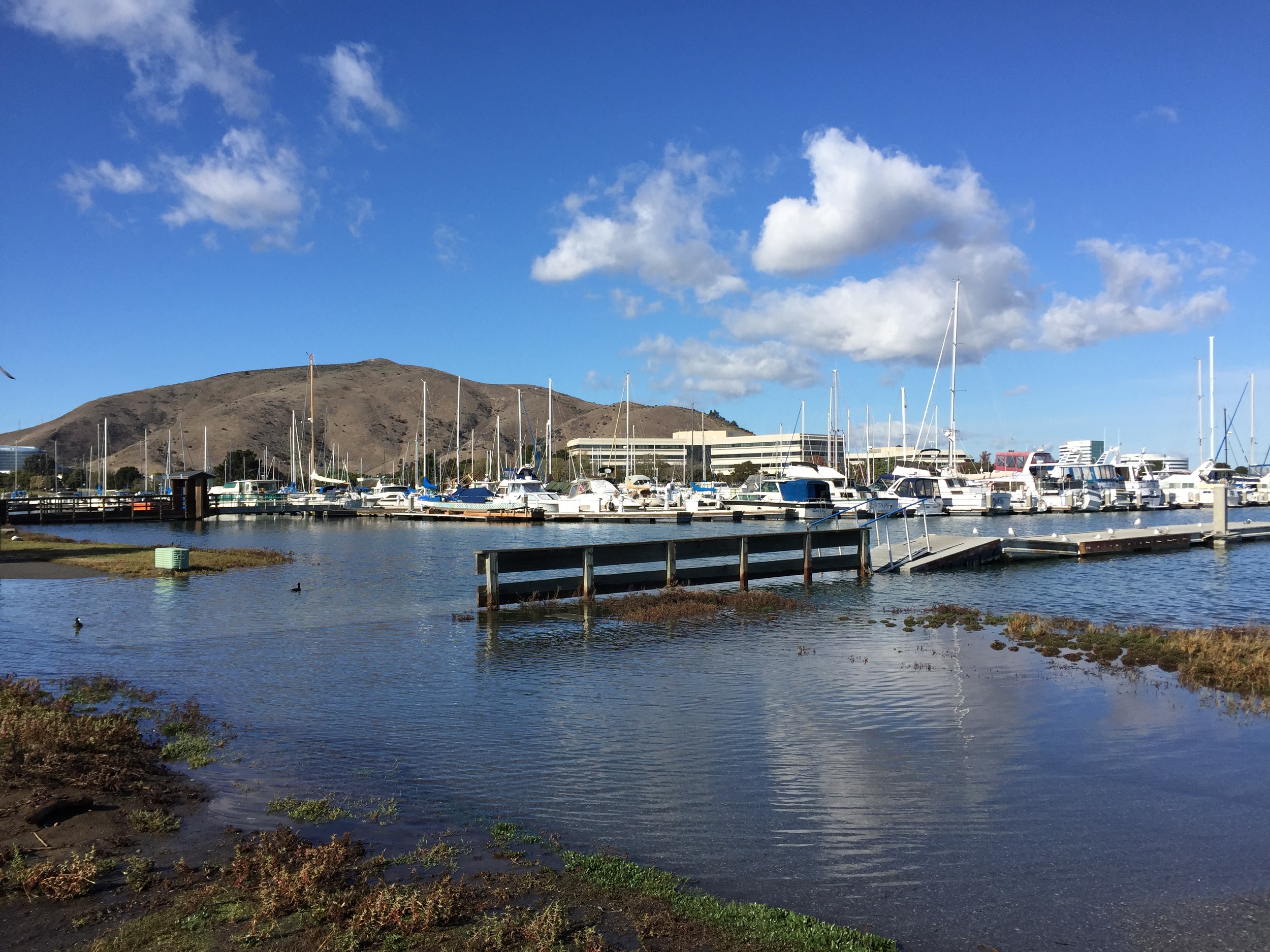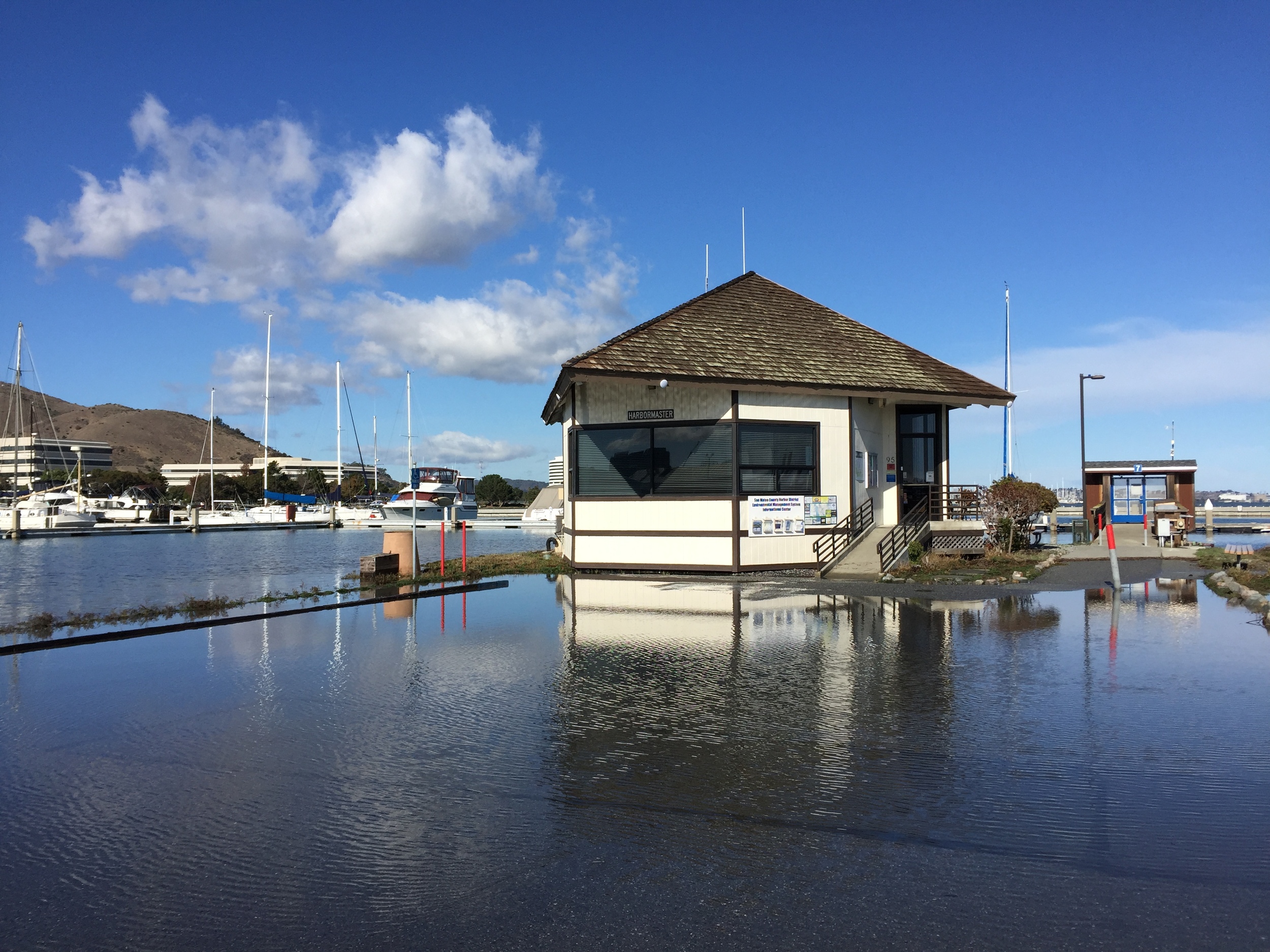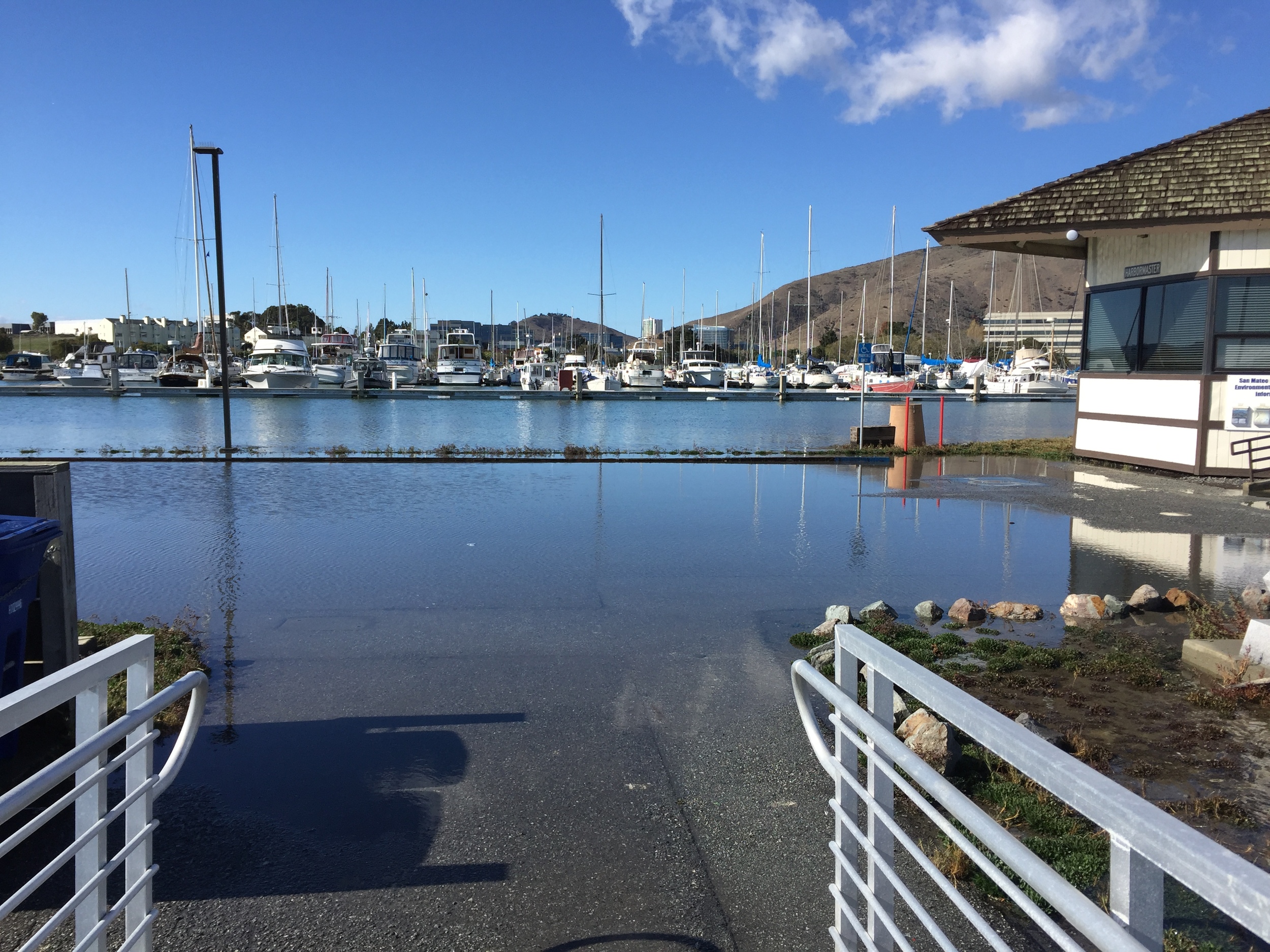by Sabrina Brennan
The San Mateo County Harbor District's focus is shifting towards the needs of the community. This is why I ran for a seat on the Harbor Commission.
I've worked hard and made measurable progress while serving my first term. I'm happy to report that significant change has been accomplished; with new management in place we're becoming a well-run District. In 1976, when I was age 8, the District borrowed millions of dollars from the California Division of Boating and Waterways. In April 2016, the Harbor District repaid those loans. As board President I created the Finance Committee and I’m very pleased that the District is debt free for the first time in 40 years.
In May 2016, I organized a Sea Level Rise & Erosion Forum that included speakers from the U.S. Geological Survey and the U.S. Army Corps of Engineers. Over 175 people including city, county, and state representatives packed the Douglas Beach House to the rafters! We're fortunate to live in an area with an engaged electorate and strong leadership. In June 2016, our County Supervisors included $2.6 million in their approved budget specifically for erosion protection for businesses, Coastal Trail access, and homes near Mirada Rd. in Half Moon Bay.
In May 2015, we moved the District’s headquarters back to the Coastside, within sight of Pillar Point Harbor. In July 2015, the board unanimously approved the District’s first Code of Ethics & Values. In August 2015, President Mattusch and I were the first commissioners from our District to receive special district governance awards for completion of the California Special District Association Leadership Academy.
A recent Grand Jury report instructs the County Board of Supervisors to “look beyond” the Harbor District’s performance improvements. The report advises Supervisors to weigh in on early termination of the Oyster Point Marina/Park Joint Powers Agreement between the City of South San Francisco and the Harbor District. In May, a development agreement was signed by South City and Greenland USA, an international developer based in China, for a biotech business park located on the Oyster Point Landfill. The Harbor District currently operates the site as a public park and marina. The project was originally approved in 2011 and it includes 2.25 million square feet of office space, new roads, removal of existing roads, and grading for a new hotel site. The first phase of a three phase project will include 600,000 square feet of office/R&D space attached to a parking garage structure on approximately 10 acres.
A recent San Francisco Examiner article provided some insight into the Cities plans, “City Manager Mike Futrell noted Greenland is going to re-cap all of the landfill, including places where no construction is planned.” This is good news because portions of the landfill cap are submerged in the Bay. State environmental regulations require replacing the old clay cap.
In June, Greenland gave a presentation to the Harbor Commission. “This is a long-term project,” said development director Clara Tang. Regulatory hurdles are expected to take one year or more before construction can begin. Tang said the project could take 10 years to complete.
Concerns about lease revenue were raised. District management recommended leaving a bait and tackle shop vacant because there are too many unknowns about the development. Slip occupancy may dip as tenants relocate to avoid construction-related nuisances. A 2011 agreement between the City and the District grants the District 40,000 square feet of commercial lease space after development is complete. The $1.00 per year lease ends when the Joint Powers Agreement (JPA) expires in 10 years. District management concluded that a new agreement should be brought forward.
In May, Tetra Tech, consultants for South City, produced a flood protection report focused on landfill subsidence and sea level rise. The report discusses the City/County Association of Governments (C/CAG) interest in forming a Joint Powers Authority (JPA) to address sea level rise and it concludes that Oyster Point flooding is a regional issue. Measure AA has been identified as a possible funding source for addressing flooding caused by landfill subsidence.
Oyster Point Landfill was in operation from 1956 to 1970. Consistent with landfill practices at that time, no liner was installed at the site. Waste disposal design features such as liners, cellular division of waste, and leachate collection systems were not installed. Instead, the waste materials were placed directly onto the Bay mud.
Around 1976, the closure of the City-owned landfill prompted local officials to make a deal with the Harbor District to obtain long-term funding for marina operations and improvements. In 1977, South City and the Harbor District entered into a Joint Powers Agreement (JPA) that terminates in 2026. As a result countywide property tax funds the City owned facility. Historically, Oyster Point Marina operating costs and capital improvements exceed operating revenue and the shortfall is funded with countywide property tax.
Pillar Point Harbor is one of the few commercial fishing ports in California and it’s owned and operated by the Harbor District. It’s located in an unincorporated area of the county; the District’s Harbor Patrol provides search and rescue emergency response, tenant occupancy rates are consistently high, and it’s the only harbor of refuge from Santa Cruz to San Francisco. The Half Moon Bay location provides ocean-dependent recreation and a local source for sustainable seafood. A strong case can be made for funding Pillar Point Harbor emergency response, repairs and improvements with countywide tax dollars. Maintaining a decades-old commercial fishing harbor in need of TLC is like owning a boat—things are always breaking and maintenance is required.
The Harbor Commission is moving in a positive direction, and with change comes creativity, innovation, improved accountability, opportunities to evaluate and define long-term goals, and the need for greater cooperation.


